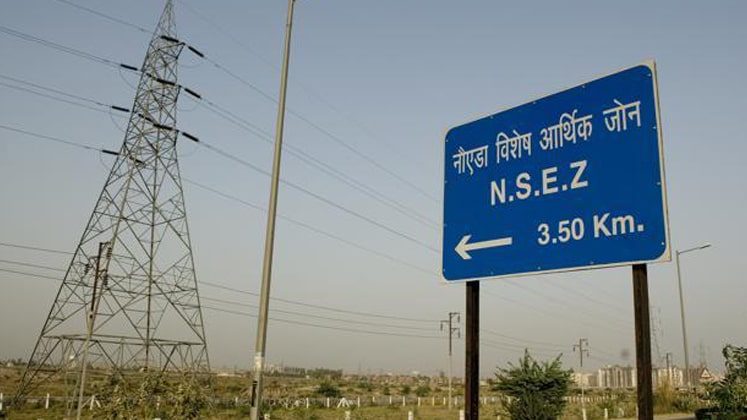
Despite the volatile global economy, Special Economic Zones (SEZs) in India have shown resilience and achieved US $ 100 billion worth of exports in FY 2019-20, as on 17 February 2020.
What’s noteworthy is that the SEZs had achieved this landmark of US $ 100 billion worth of exports in the full financial year of 2018-19.
As against 235 SEZs (out of 349 notified SEZs) at the end of FY 2018-19, there are now 241 SEZs in India.
As per data of Ministry of Commerce and Industry, Indian textile and garment export, which is an important segment as far as export from India is concerned, from SEZs also noticed 17.6 per cent growth in current fiscal year.
Notably, this growth is highest after Non-Conventional Energy (47 per cent), Trading & Logistics (35 per cent) and IT & ITeS services (23.69 per cent).
Growth in sectors like Gems & Jewelry (13.3 per cent), Leather & Footwear (15 per cent) remained less than textile and garment export. There was almost 4 per cent growth in manufacturing segment.
There are specific SEZs for textile and apparel industry like Mundra SEZ Textile & Apparel Park Limited in Kutch (Gujarat).
The Commerce and Industry Ministry has examined the revamping of the SEZ policy with a view to meeting the global challenges being faced by Indian exporters.
Many recommendations for the same were submitted by a committee headed by Baba Kalyani, CMD, Bharat Forge Limited.
Launched in 2000, the SEZ policy includes several features like a designated duty free enclave to be treated as a territory outside the customs territory of India for the purpose of authorised operations in the SEZ, and needing no licence for import.






